If you’ve decided to plant a vegetable garden this year, preparing the soil is one of your first steps. Your soil can make or break your garden, so you want to be sure you pick the right kind. The contents and properties of your garden soil can play a significant part in how well specific vegetables will grow. It’s also essential to have the correct moisture level. Confused yet? Don’t’ worry. If you don’t know about gauging the quality of your soil, keep reading!
The Perfectly Prepared Soil
The easiest way to have “prepared” garden soil is to simply choose vegetables that grow well in the soil you have. Different vegetables prefer different soil environments. So how will you know which plants to select for your soil? Well, if you’re starting your plants from seeds, check the back of the package for information on which soil is best. When you buy plants from a garden center, read the label to see what they recommend. For example, it might say that the plant prefers “nutrient-rich soil” or that it prefers “well-draining soil.” With information on which soil you need, either choose plants for the soil you have or change your soil to fit with the plants you want!
What Kind of Soil Does Your Garden Have?
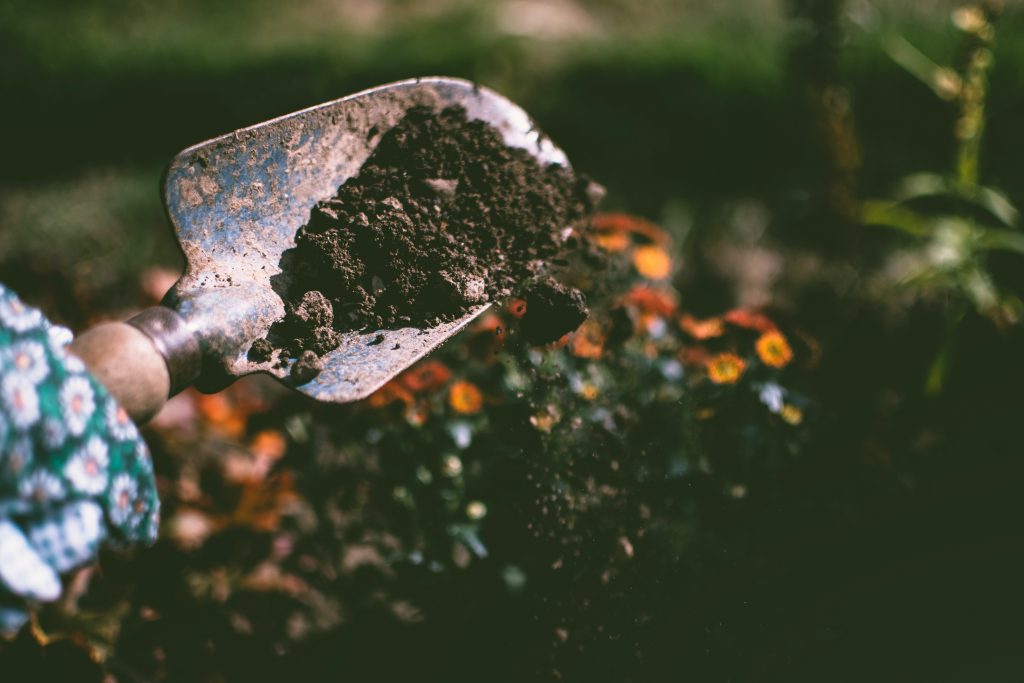
As mentioned above, it’s essential to know what type of soil you have. The main types of soil are sand, silt, clay, and loam. They differ from each other in terms of texture, structure, pore space, acidity, and amount of organicAn organic material is any material derived from plants, animals, fungi, or microbe sources (i.e. living things) and is biodegradable. 'Organic' can also refer to the gardening practice that involve zero use of chemicals as fertilizers, pesticides, etc. Plants grown organically are healthier and produce fruits with more quality. matter. If, after rain or watering, your soil drains easily and dries out quickly, it’s probably sandy. If it puddles or holds the water, it’s more than likely composed of clay. Loam is a combination of the other three soil types and is a gardener’s happy mediumAny material used as substrate for the growth of organisms such as plants, mushrooms, and microbes. Soil is the medium for most plants while a mixture of sawdust and grains is the medium of commercially cultured mushrooms..
Learn Your Soil’s History
Do you know the history of your home’s soil? If the land was previously used for farming, it could be somewhat depleted of minerals. Or your soil might even be contaminated. The most common toxins that are known to contaminate soil are pesticides, chemical fertilizers, or arsenic (from pressure-treated wood). Other contaminants such as garbage waste run-off, paints, or even motor oil could be present, depending on past industrial use of the land. There are ways to find out about the toxicity levels if you want to be sure. You certainly don’t want your fresh garden vegetables to drink up toxins that you’ll be consuming!
Digging Deeper
Although you are a gardener-to-be, you might not like the idea of getting your hands dirty by doing a lot of at-home science experiments on your soil. A cleaner and easier way to find out about your soil’s condition is to have a test done at your local gardening extension office (about $20). Extension offices are departments with experts and volunteers who can provide information about old crops, landscaping, soil, gardening, and pests that are specific to your area. They might even be able to recommend the perfect plants for you!
If, however, you consider playing in the mud fun, there are DIY ways to test your soil at home.
Soil Properties
Acidity Level
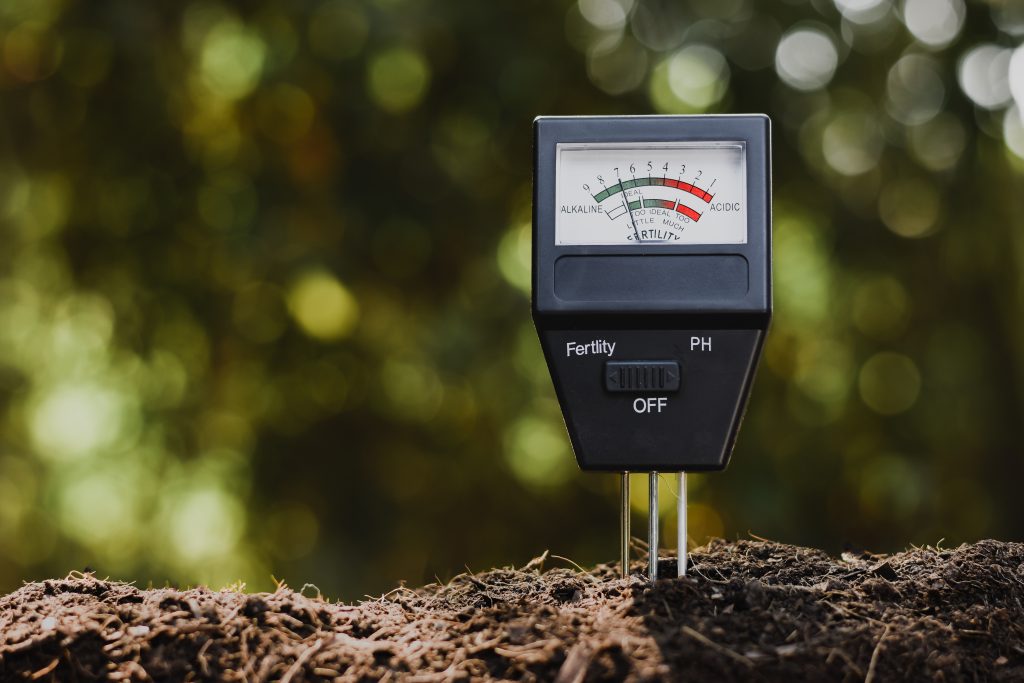
You can purchase and use a test meter to check the pHPotential of Hydrogen or pH is a measurement of the acidity or alkalinity of any material. pH is read from 0-14. 0-6.9 is acidic, 7 is neutral, and 7.1-14 is alkaline (or basic) level (also known as acidity level) of your soil or use a homemade testing method. In general, vegetable crops prefer a soil pH of 6-7. Most plants like a neutral pH level. But tomatoes, for example, do like a more acidicAny material such as compost, soil, fill dirt, fertilizer, water, etc with a pH less than 7.0. Acidity in materials is usually determined through chemical strip tests or other types of chemical tests. Soil or substrate over a pH of 7.0 in the plant and garden world is usually referred to as "Acidic soil". environmentThe factors influencing an organism (both internal and external). The surrounding of an organism.. You might find this information on the back of your seed package or plant’s label. If not, you can find a list of different vegetables ph tolerances online. If you’re determined to get it right, you can change the pH of your soil – for example, by adding sulfur or lime.
Organic Matter
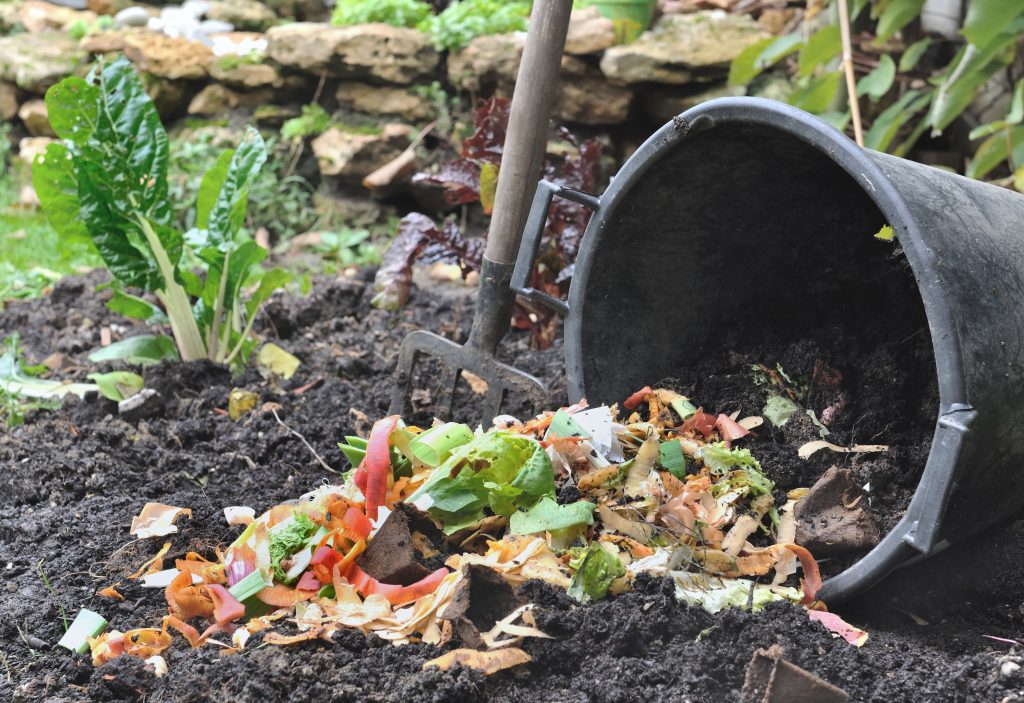
If you have sandy or clay-like soil, adding organic matter can help your vegetables grow better roots and take advantage of more nutrients. Organic matter can also improve moisture retention in sandy soil. Compost, mulch, leaves, and clippings can add additional nutrients. These include the highly beneficial elements of nitrogen, phosphorus, and potassium that are typically ingredients that are added to improve soil quality and growth potential.
Cleanliness
The cleanliness of your soil is something well- worth considering. Before you break out the soap, though, keep reading. Cleaning your soil is not quite what you think! It’s basically a process of removing old plant roots and rocks to keep your soil fresh. Depending on the size of your garden, it may or may not be worth the time to sift those out.
Moisture
When you’re done cleaning and preparing the soil, it’s time to add moisture! Make sure you water and turn it over with a hoe or rake before planting. You’ll want your soil moist for plants, or very wet for seeds. If you are using containers, save time by mixing up a bucket of soil with water first, and then put the damp soil into the containers before planting the seeds. Tip: Keep your soil moist throughout the growing season by watering as often as needed.
Conclusion
The soil you start with isn’t necessarily the soil you’re stuck with! If you’re determined to make the best soil environment for your plants, you can improve your soil quality to a large extent with a little time and knowledge. If you’re not comfortable preparing the soil on your own quite yet, don’t lose hope. Reach out to your local gardening extension office, or drop into your local gardening center to find a soil that’s perfect for what you’re planting. Don’t be afraid to get your hands dirty, and enjoy the time spent in this “grounding” activity.
What have you done to improve the soil in your garden? Share with us below!

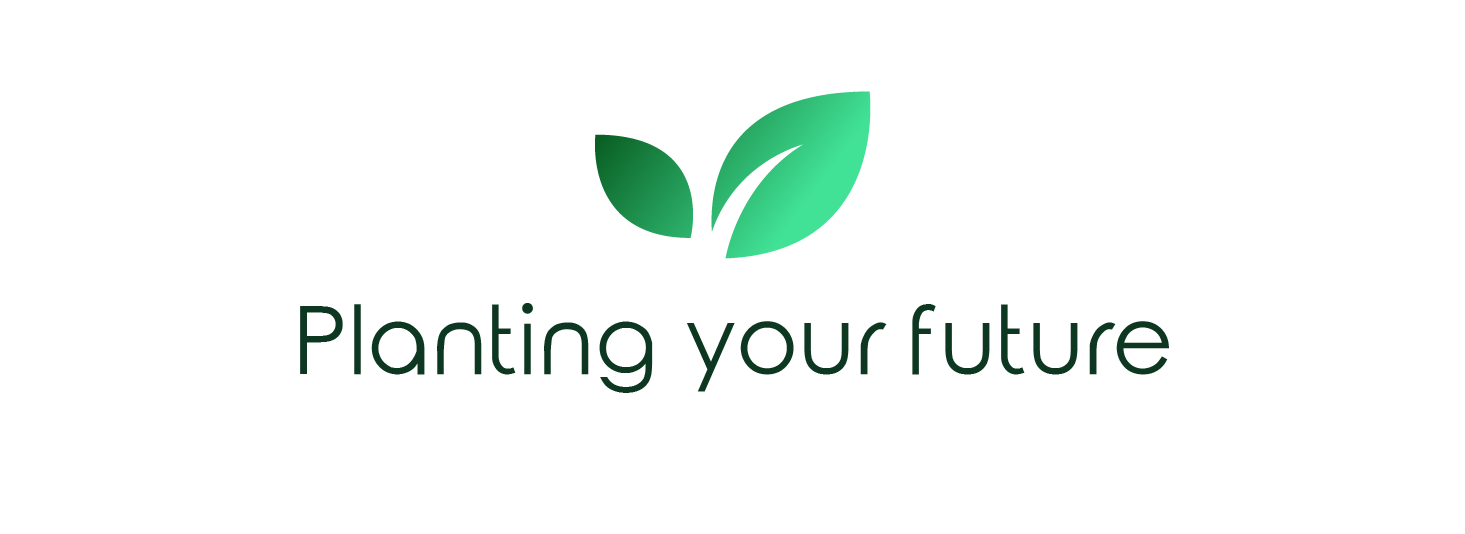

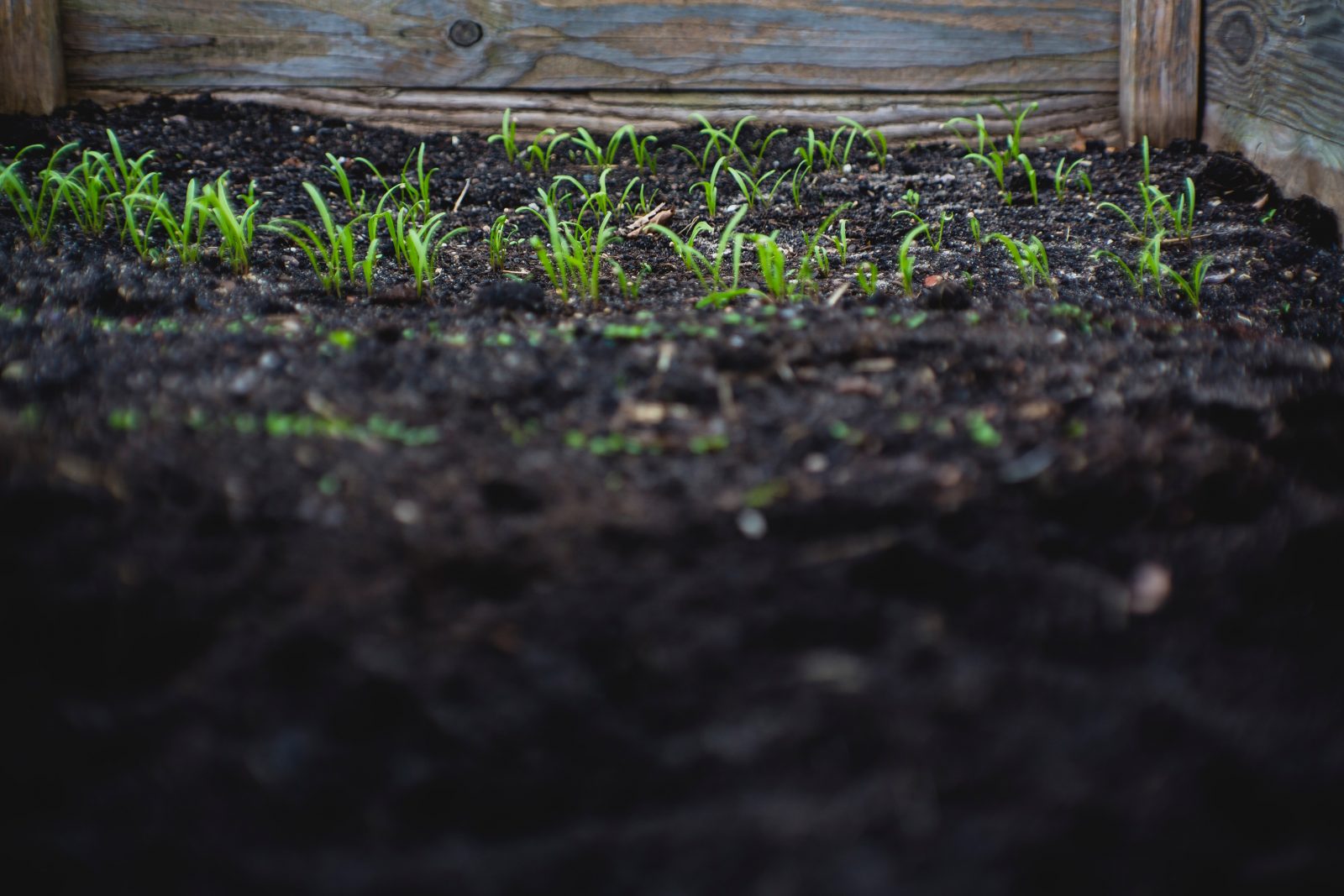
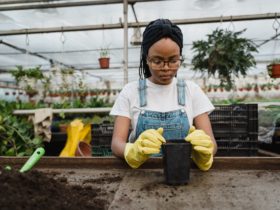

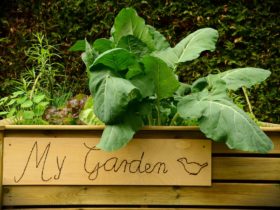
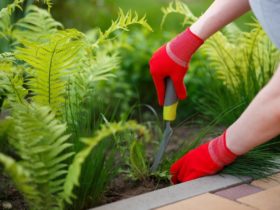
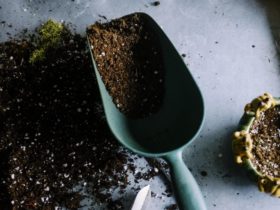

Leave a Reply